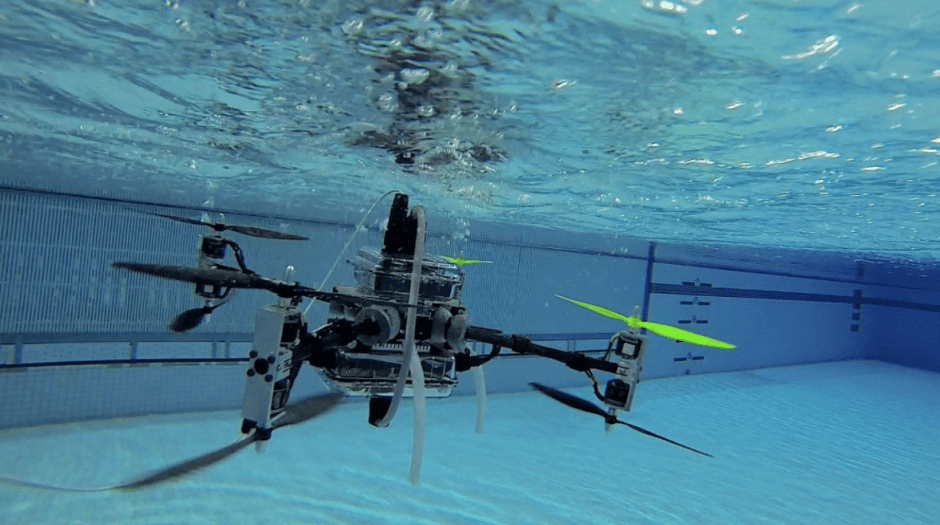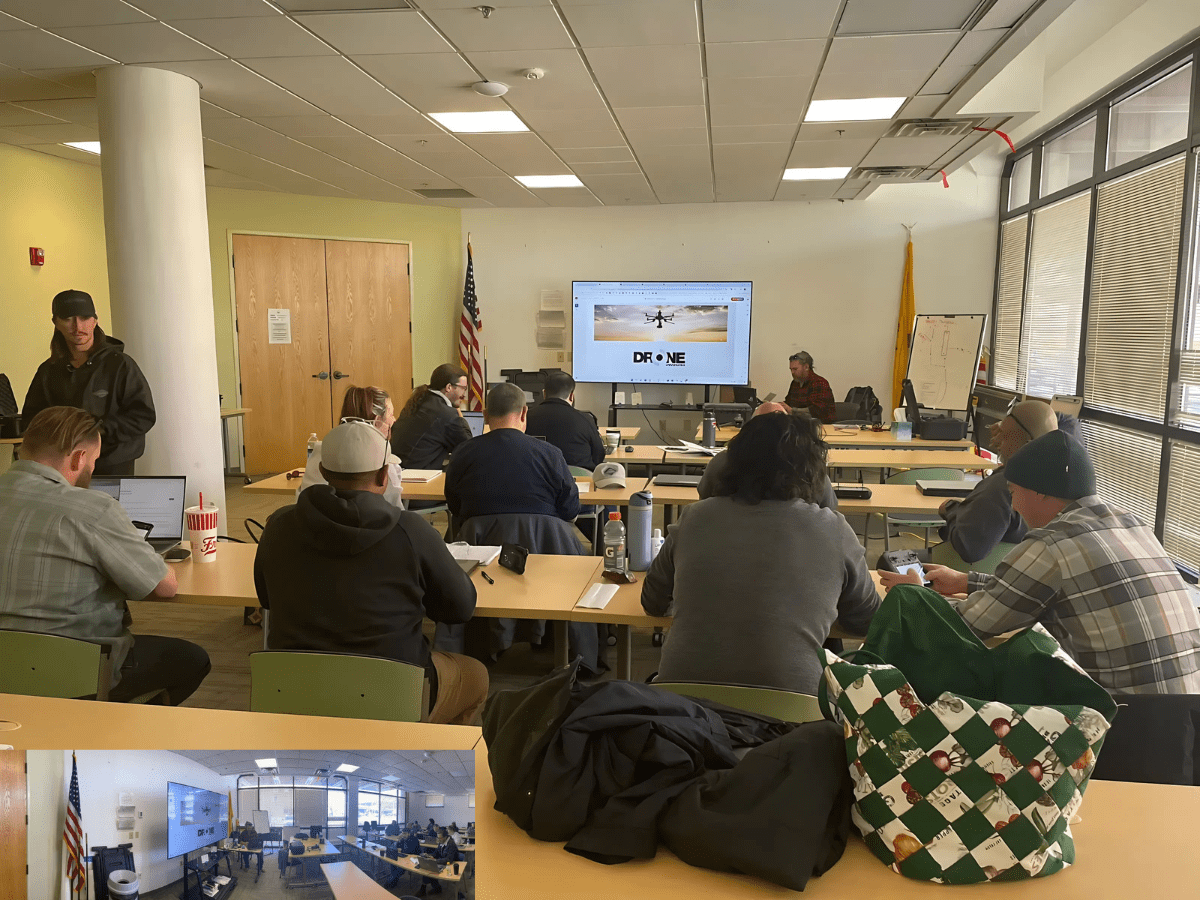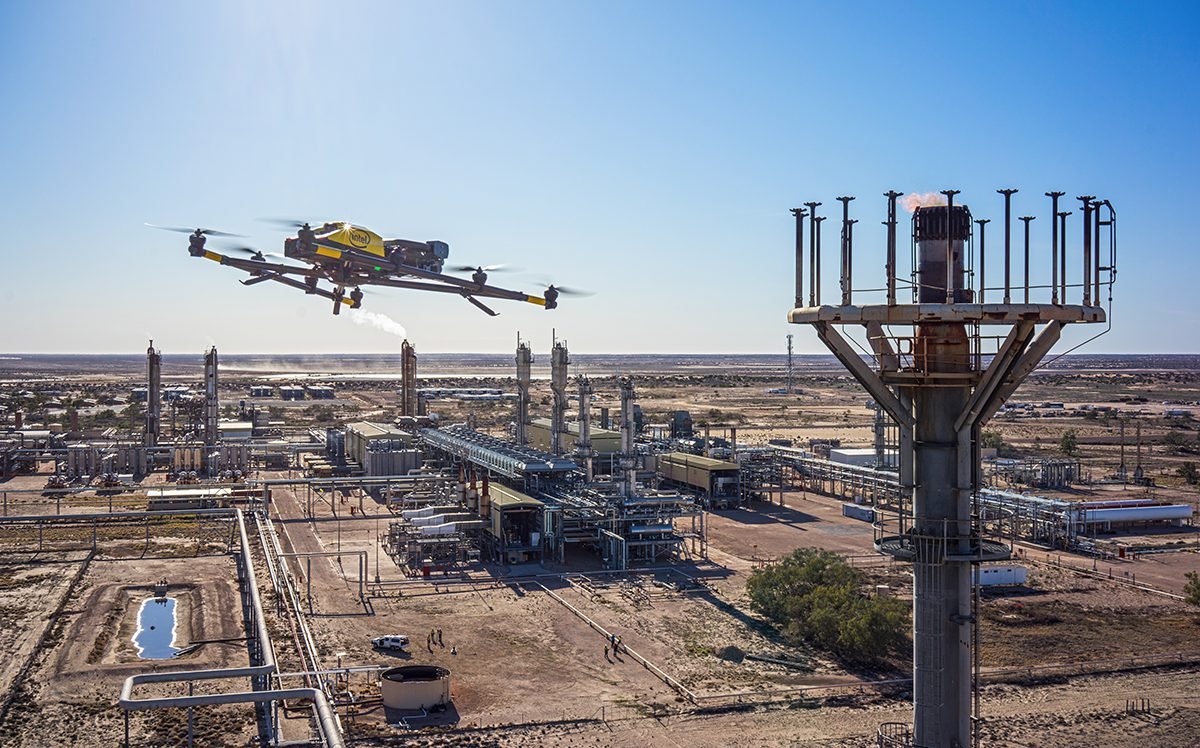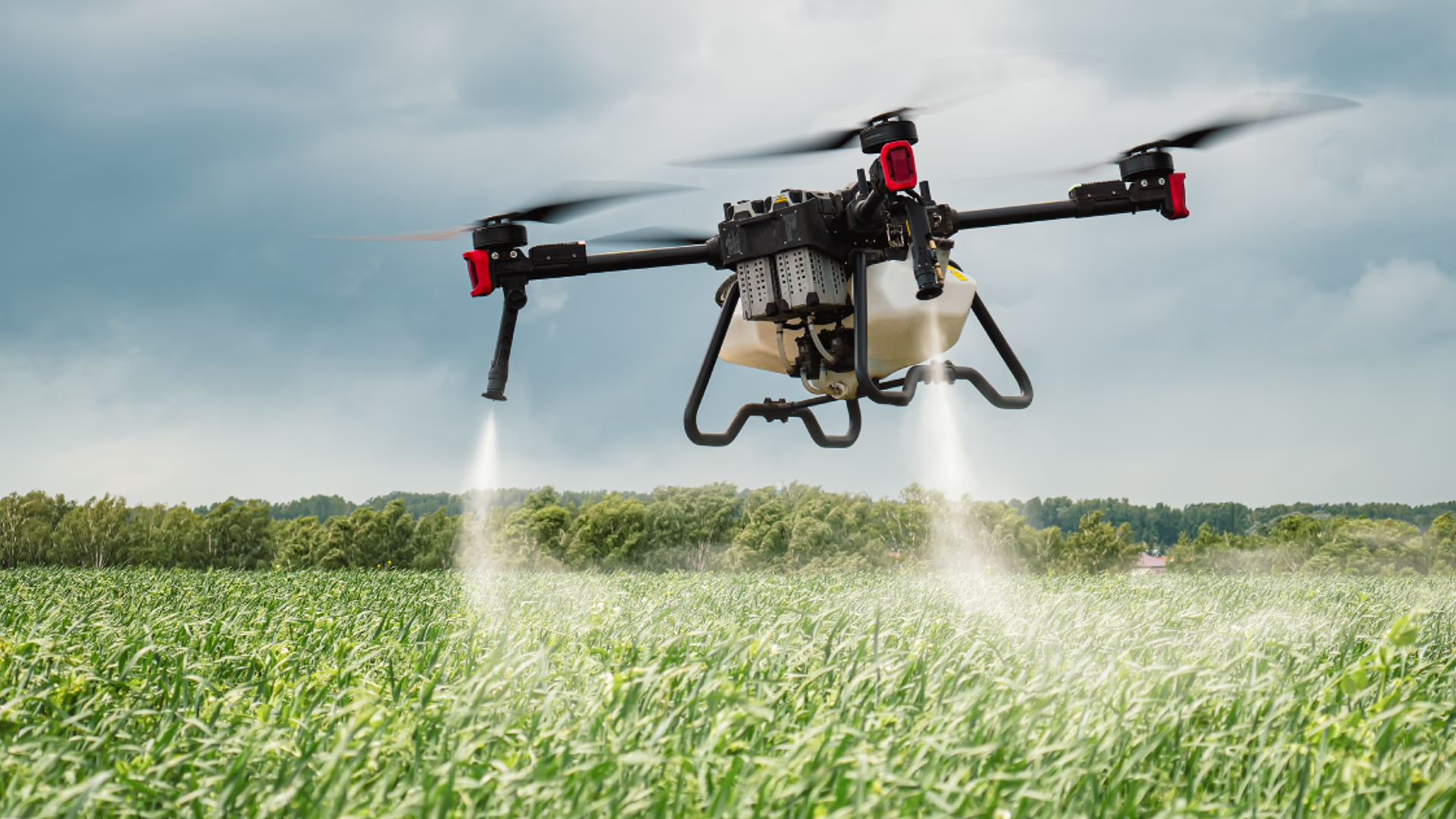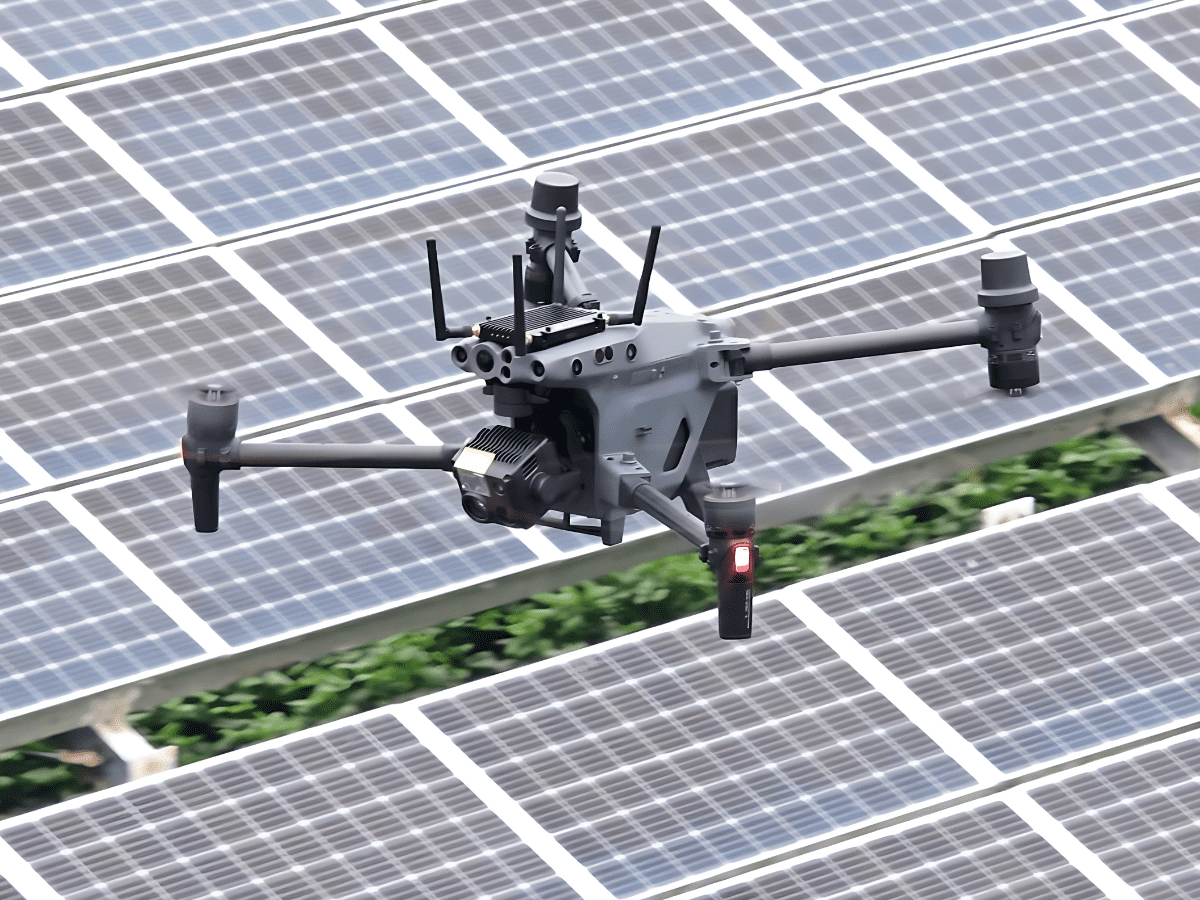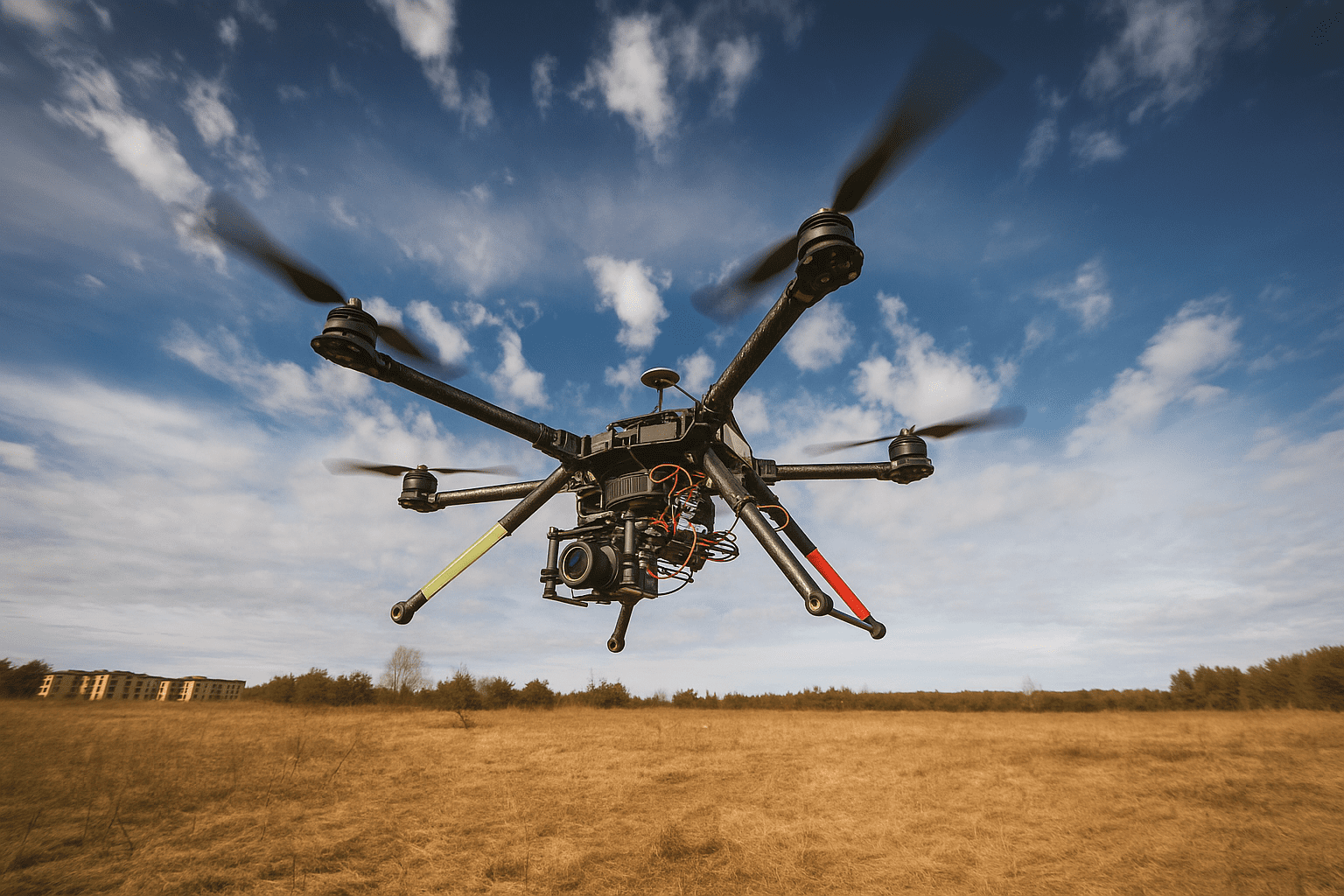Construction sites are dynamic, complex, and—let’s face it—risky. With heavy machinery, elevated work areas, and ever-changing environments, ensuring safety and compliance is a constant challenge. That’s where drones come in. These flying marvels are not just for breathtaking aerial shots anymore—they’re reshaping the way construction companies approach safety and meet regulatory standards.
In this article, we’ll explore how drones are revolutionizing construction site safety and compliance, the benefits they offer, and how you can start implementing them effectively.
Why Safety & Compliance Are Critical in Construction
Construction has one of the highest workplace injury rates in the world. From falls and machinery accidents to structural collapses, the risks are significant. Compliance with safety regulations isn’t just about avoiding fines—it’s about protecting lives, maintaining productivity, and safeguarding a company’s reputation.
Traditionally, safety inspections relied on manual checks, paperwork, and in-person site visits. While effective, these methods are time-consuming, costly, and often limited in scope. Drones now offer a faster, safer, and more accurate alternative. For more on drone fundamentals, read How Drones Work.
The Role of Drones in Construction Safety
1. Remote Hazard Assessment
Instead of sending workers into potentially dangerous areas, drones can quickly scan and capture detailed visuals. Whether it’s a high scaffolding, unstable ground, or a deep excavation pit, drones collect real-time data without putting anyone at risk.
2. Real-Time Monitoring
Modern drones can stream live video feeds to safety managers, enabling instant decision-making. Hazards can be addressed immediately instead of waiting for scheduled inspections.
3. Precise Documentation
High-resolution images and 3D mapping allow for detailed inspection reports. This documentation becomes valuable evidence for compliance audits and incident investigations. Learn more in our guide on Drone Mapping: The Future of Land Surveying.
Enhancing Compliance with Drones
Regulatory compliance in construction isn’t just about worker safety—it also involves environmental laws, structural codes, and site-specific requirements. Drones help by:
- Conducting regular aerial surveys to ensure work aligns with approved site plans
- Tracking safety protocol adherence, like use of personal protective equipment
- Monitoring environmental compliance, including erosion control and runoff prevention
For companies operating under OSHA regulations in the U.S., drones can streamline compliance checks and reduce human error in reporting. If you’re in the U.S., check our FAA Part 107 Certification Guide.
Key Benefits of Using Drones for Safety & Compliance
- Reduced risk to workers by avoiding dangerous physical inspections
- Significant cost savings through faster inspections and less downtime
- Better accuracy with advanced sensors and measurement tools
- Improved record-keeping with easily stored and shareable digital data
- Proactive safety management by spotting hazards early
Real-World Use Cases
- Structural Inspections: Checking roofs, cranes, and towers for defects
- Earthworks Monitoring: Ensuring excavation and grading follow plans
- Progress Tracking: Comparing actual site work against project schedules
- Emergency Response: Rapid assessment after accidents or severe weather
Drone Universities, for example, offers specialized training for Drones in Construction and Inspection, where operators learn mapping techniques that not only improve efficiency but also enhance safety on-site.
Choosing the Right Drone for Construction Safety
When selecting a drone for safety and compliance tasks, consider:
- Camera resolution of at least 4K for clear inspections
- Long flight times to maximize site coverage
- Sensors like thermal imaging or LiDAR for specialized needs
- Compliance with FAA Part 107 Drone License Requirements or your local drone laws
Best Practices for Implementing Drones on Site
- Get proper training from FAA-certified courses or equivalent in your region
- Create a detailed flight plan before each mission
- Integrate drone inspections into your existing safety protocols
- Store collected data securely to protect sensitive information
For professional training, explore our Drone GIS and Mapping Course and Drone Photography & Videography Course to build advanced operational skills.
The Future of Drones in Construction Safety
With advancements in AI and automation, drones will soon be able to detect hazards automatically and suggest solutions in real time. As technology evolves, drones will likely become as common as hard hats on construction sites. For a broader view, see our insights on The Future of the Drone Industry in the USA.
Final Thoughts
Drones are no longer just a “nice-to-have” in construction—they’re becoming essential for ensuring safety and compliance. They reduce risks, save time, and deliver precise, actionable data. By adopting drones today, construction companies can not only meet but exceed safety and regulatory expectations.
Pro Tip: To get the most from drone technology, consider enrolling your team in a specialized Drones for Construction and Inspection training program. Expert instruction will help you maximize safety benefits and maintain compliance from the start.


